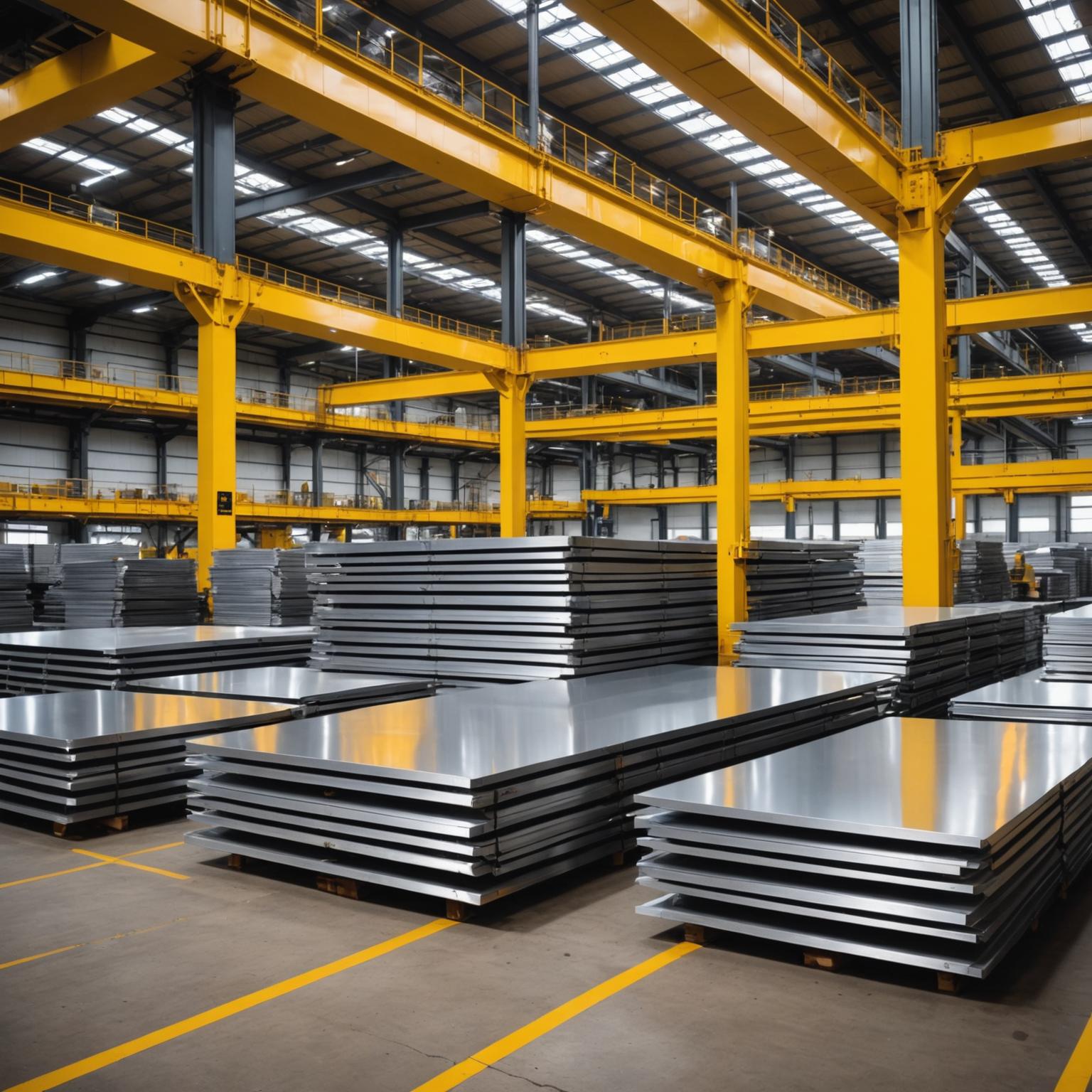Understanding Stainless Steel Sheet Cutting
Cutting stainless steel sheets requires precision and attention to detail, given the material's unique properties and versatility. When contemplating stainless steel sheet cutting, it's crucial to understand the appropriate precautions to ensure a successful project. The main keyword here, "Precautions for stainless steel sheet cutting," guides us in recognizing the importance of following specific guidelines to maintain quality and safety. This document outlines essential precautions to responsibly and effectively cut stainless steel sheets.
Essential Preparations Before Cutting
Before beginning the cutting process, it is vital to inspect the stainless steel sheet to ensure it is free from any debris or oils that could affect the cut's precision. Use a clean cloth to wipe the sheet and check for any imperfections that might influence the cutting path. Ensure that your working environment is conducive to cutting activities, with no obstructions that could impede movement or cause accidents.
Furthermore, selecting the right tools is integral. There are various cutting methods such as laser cutting, plasma cutting, or using a metal shear. Each method requires appropriate equipment, so it's fundamental to choose based on the thickness and grade of the stainless steel being worked with. Adjust equipment settings according to the manufacturer's instructions to optimize accuracy and efficiency.
Adopting Safety Measures
Safety should always be a top priority when handling cutting machinery. Ensure you are wearing personal protective equipment (PPE) like gloves, goggles, and ear protection to shield from sharp edges, flying fragments, and noise. It is also important to maintain a clutter-free workspace to prevent any hazards that could arise from stray tools or materials.
Make sure that ventilation is adequate to disperse any harmful fumes or particulates that may be emitted in the cutting process, especially when using techniques like plasma or laser cutting, which can generate smoke or gases. Regularly inspect and maintain cutting equipment to prevent malfunctions, which could compromise safety or cut quality.
Maintaining Precision and Quality
Precision is key in stainless steel sheet cutting, which is where guidance systems, such as the precision guide described in the product info, come into play. The yellow calibration tool is a crucial asset to ensure cuts are clean and aligned accurately with project specifications. This is especially vital for projects demanding exact measurements and high-quality finishes.
Stainless steel sheets can vary in thickness, so it is crucial to adjust your cutting speed accordingly. Maintaining a steady pace helps in avoiding excessive heat build-up, which can cause warping or discoloration on the cut edges, affecting both appearance and structural integrity. Utilizing the proper cutting technique for the specific type and thickness of the stainless steel can greatly influence the final outcome of your work.
Improving Efficiency Post-Cutting
After you've successfully cut the stainless steel sheets, it's advisable to perform a quality check on the edges and surfaces for any burrs or rough patches that may need addressing. Use appropriate tools to smoothen these areas, ensuring the final product meets the expected standards of quality and durability.
Implementing a systematic organization of cut materials can enhance workflow efficiency. Labeling and storing sheets properly will help streamline subsequent steps, be it assembly, welding, or fabrication, minimizing disruptions and improving project timelines.
In conclusion, following the discussed precautions and integrating advanced machinery and technology ensures that stainless steel sheet cutting is performed with the utmost precision, quality, and safety. These measures will enable you to execute projects that uphold structural integrity and aesthetic appeal, making them a testament to careful planning and expert execution.








